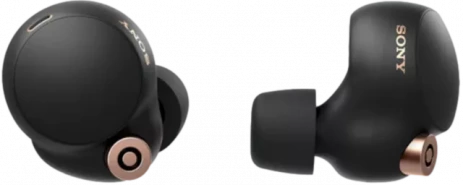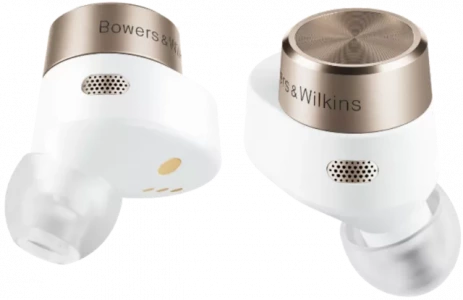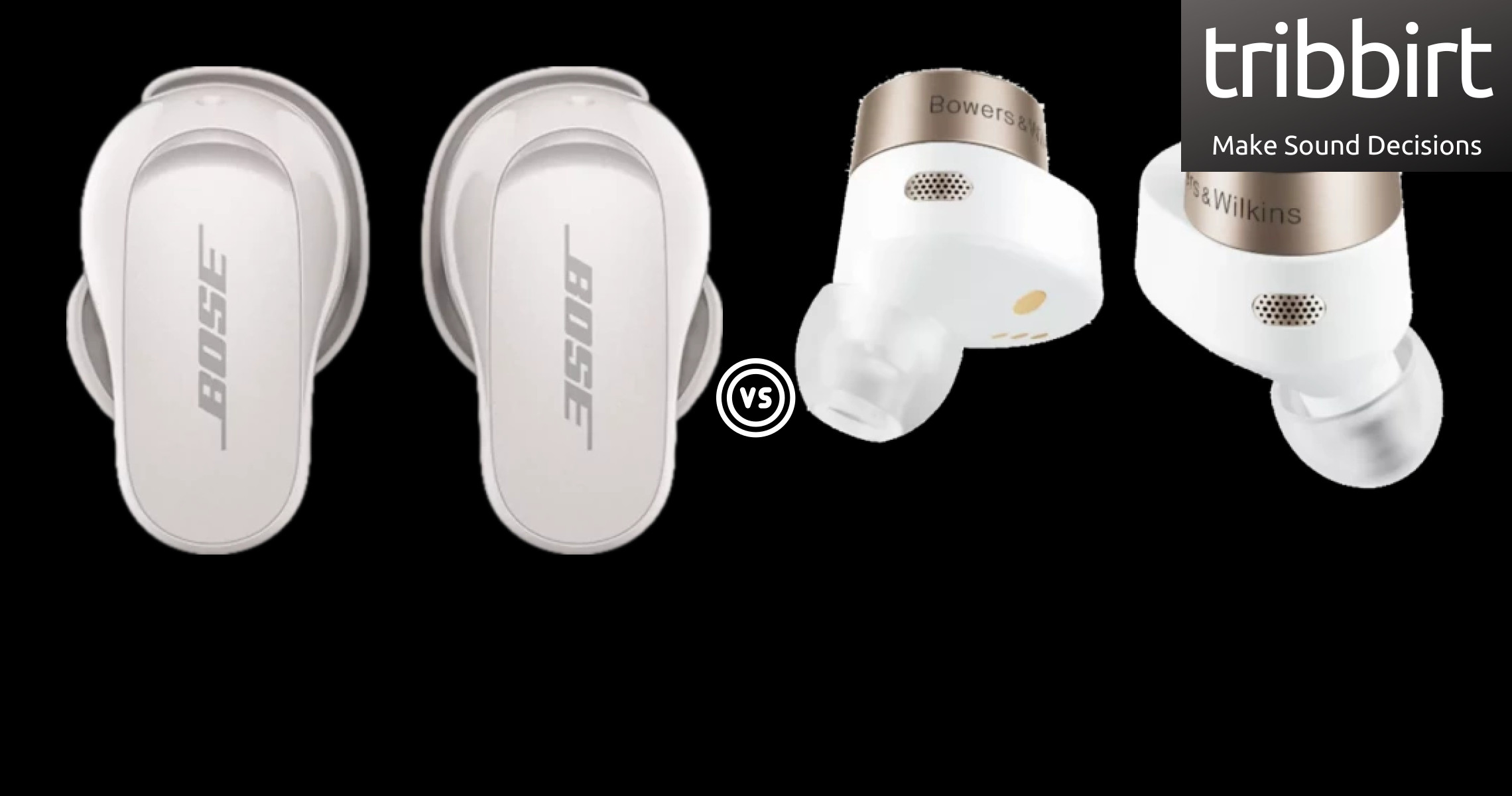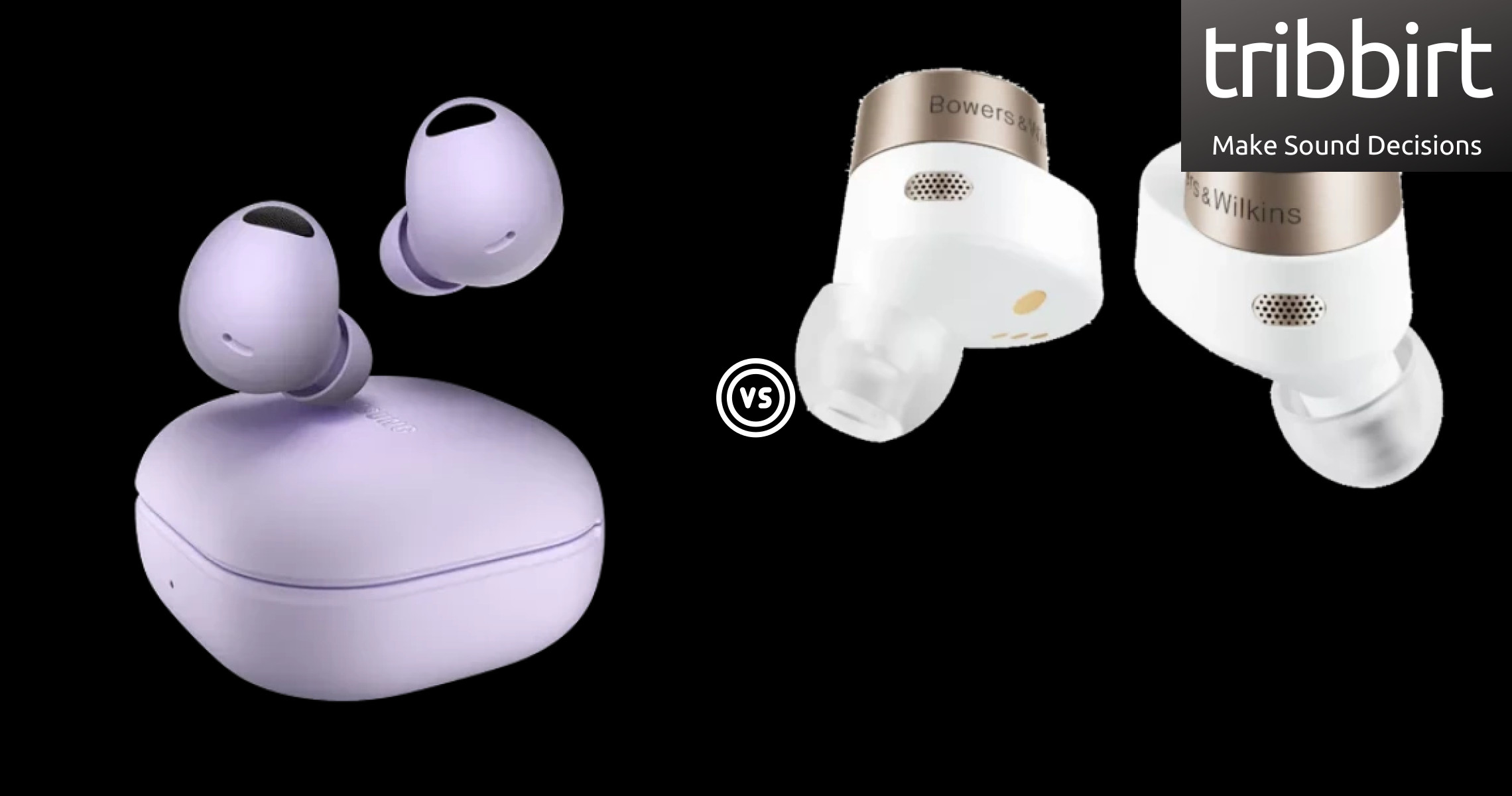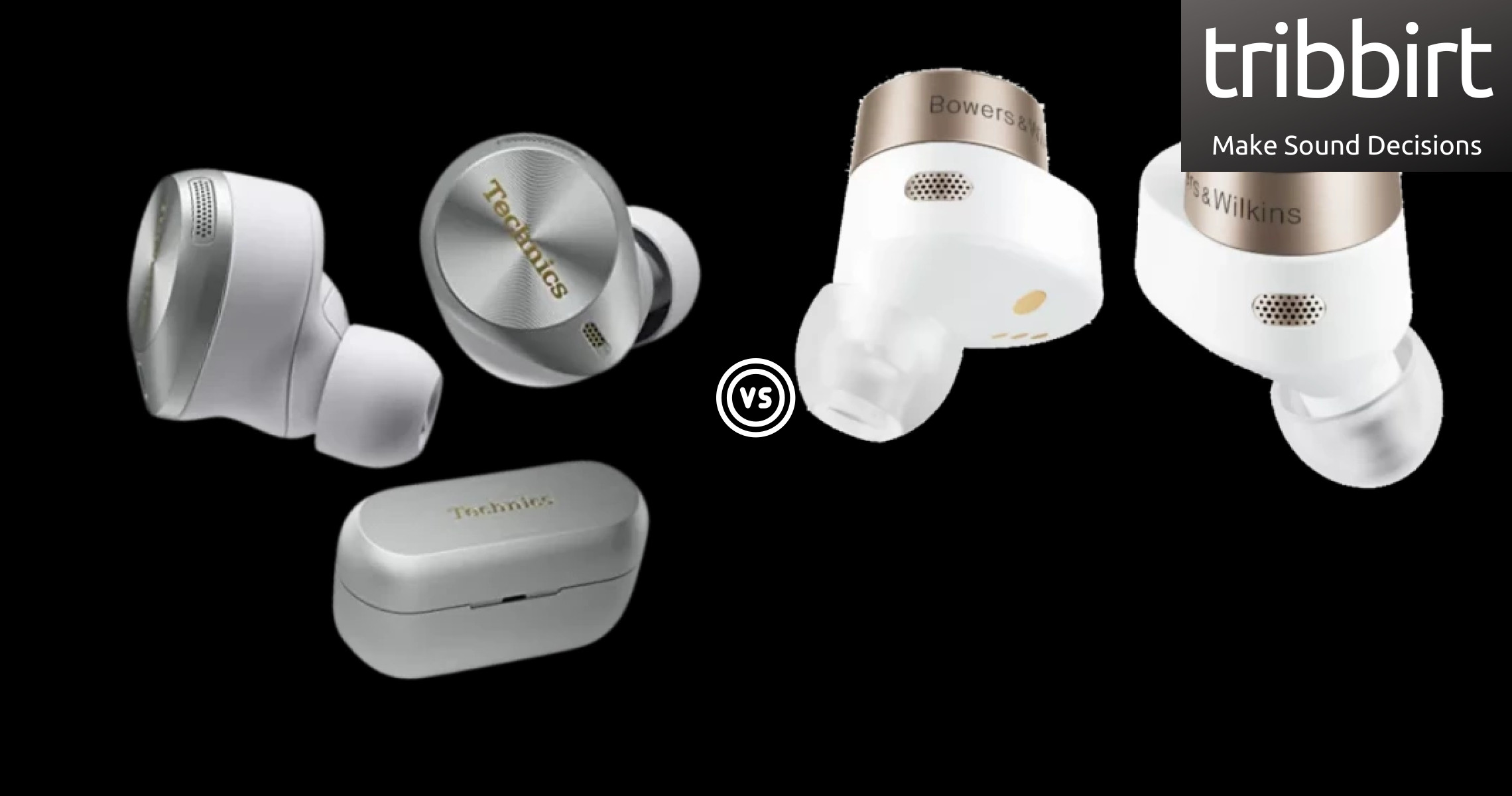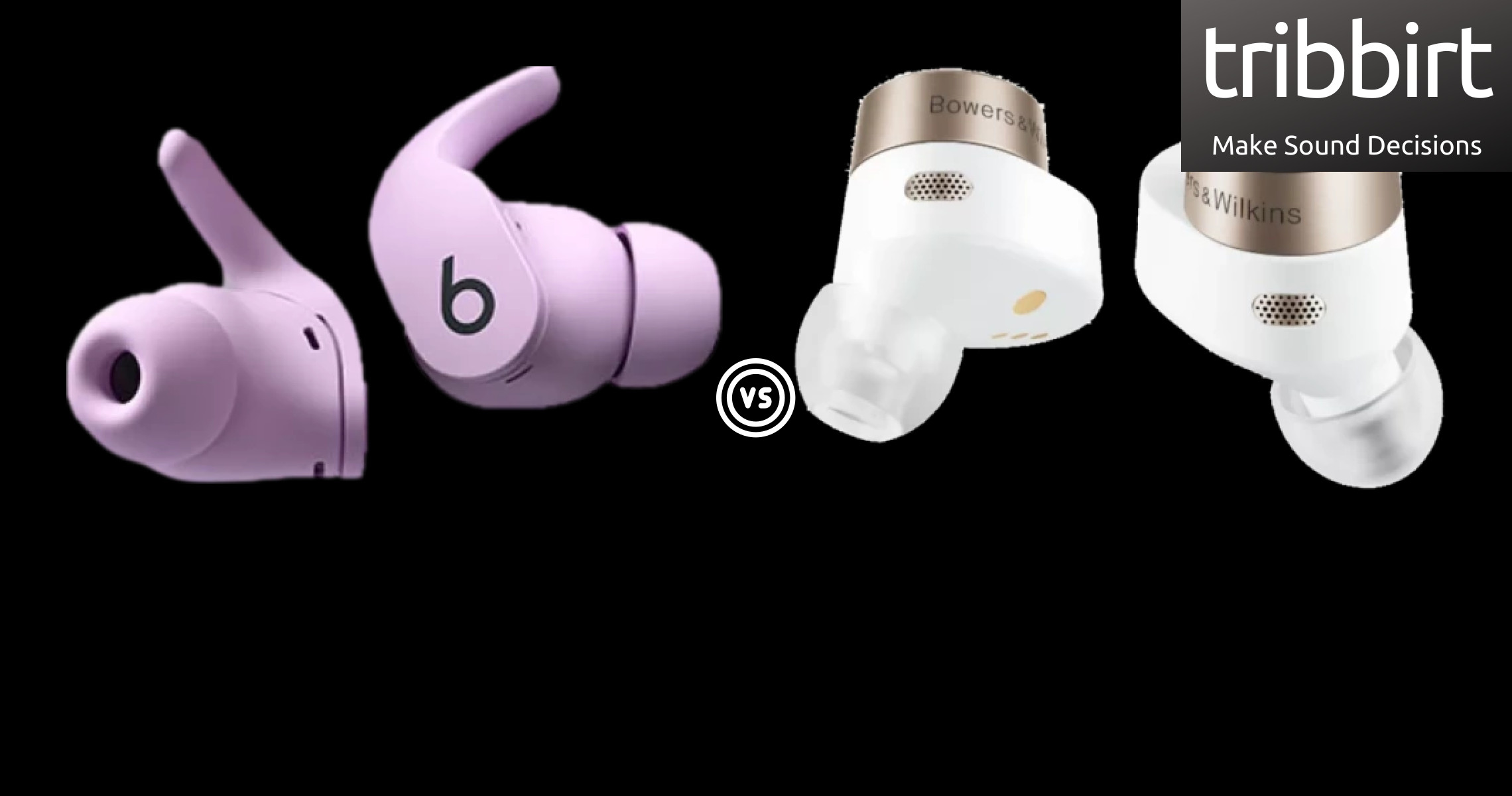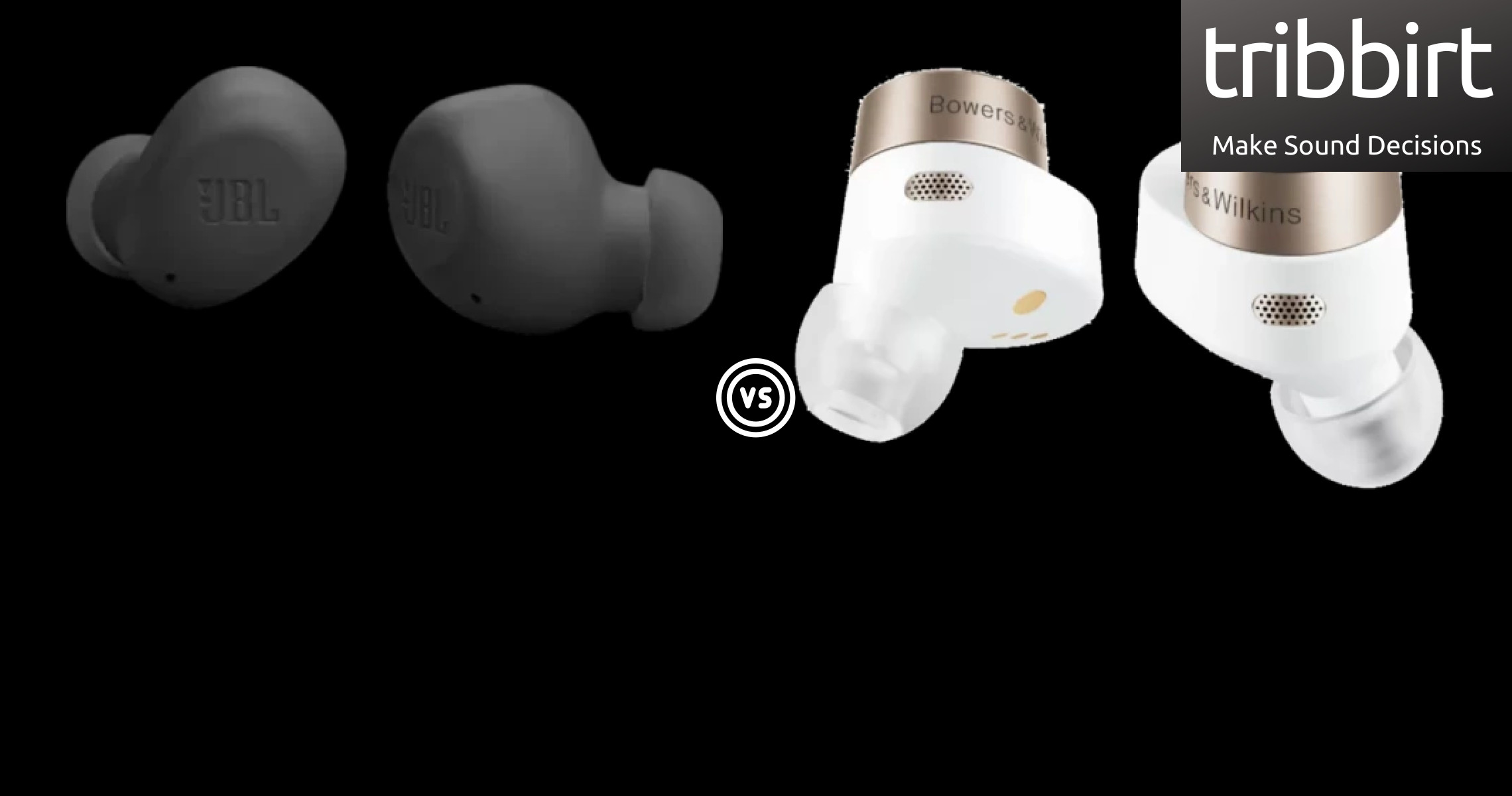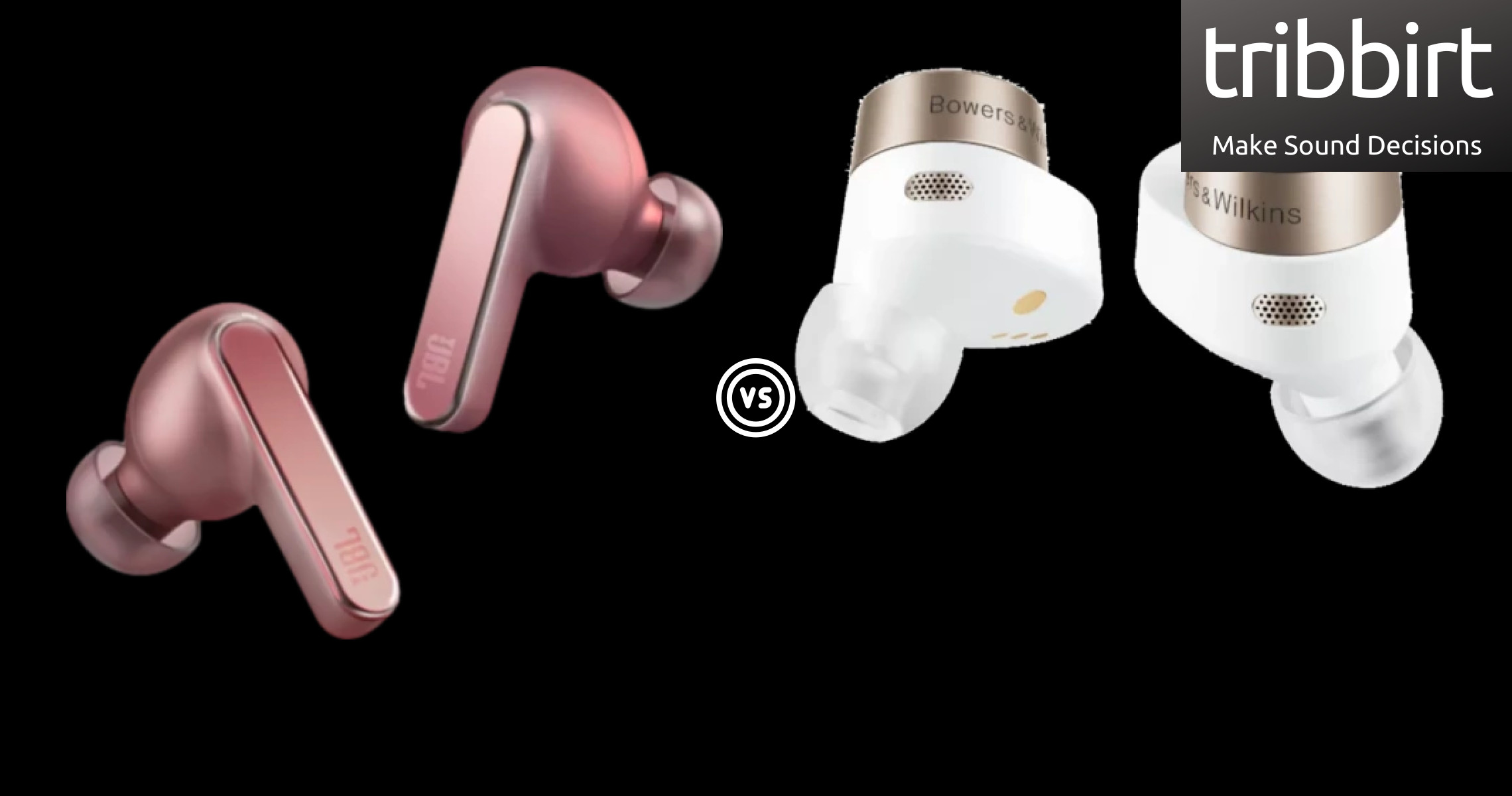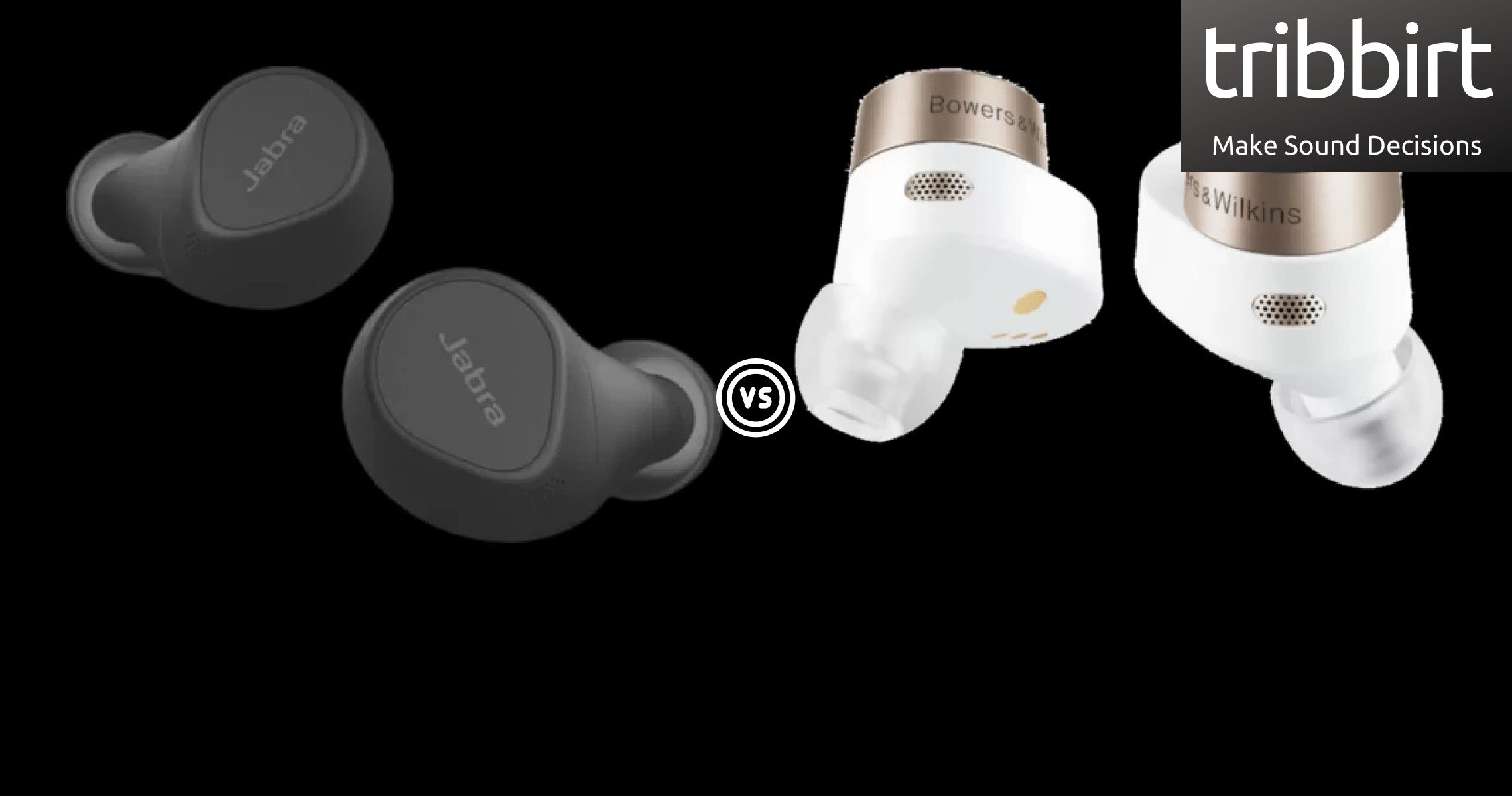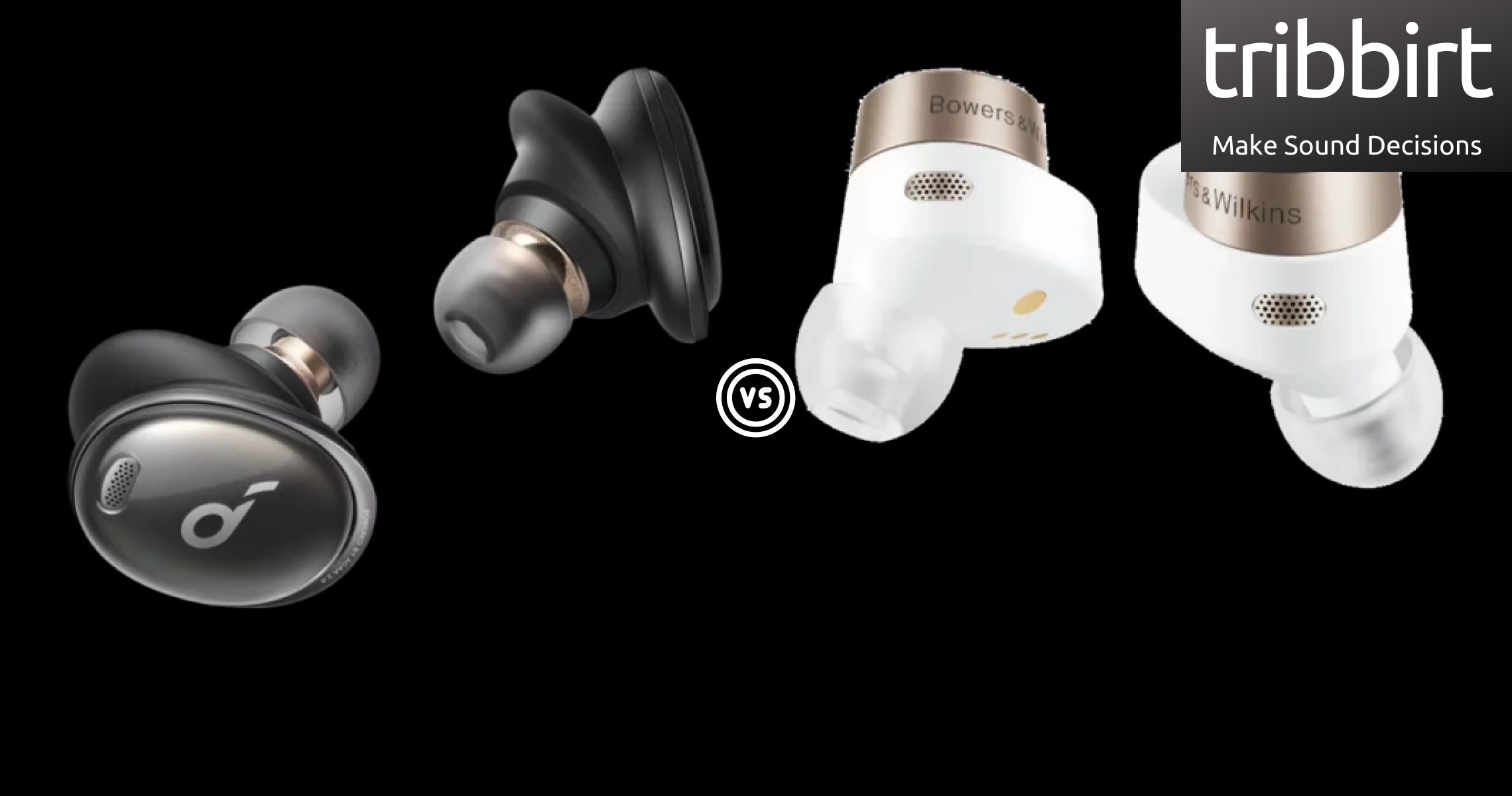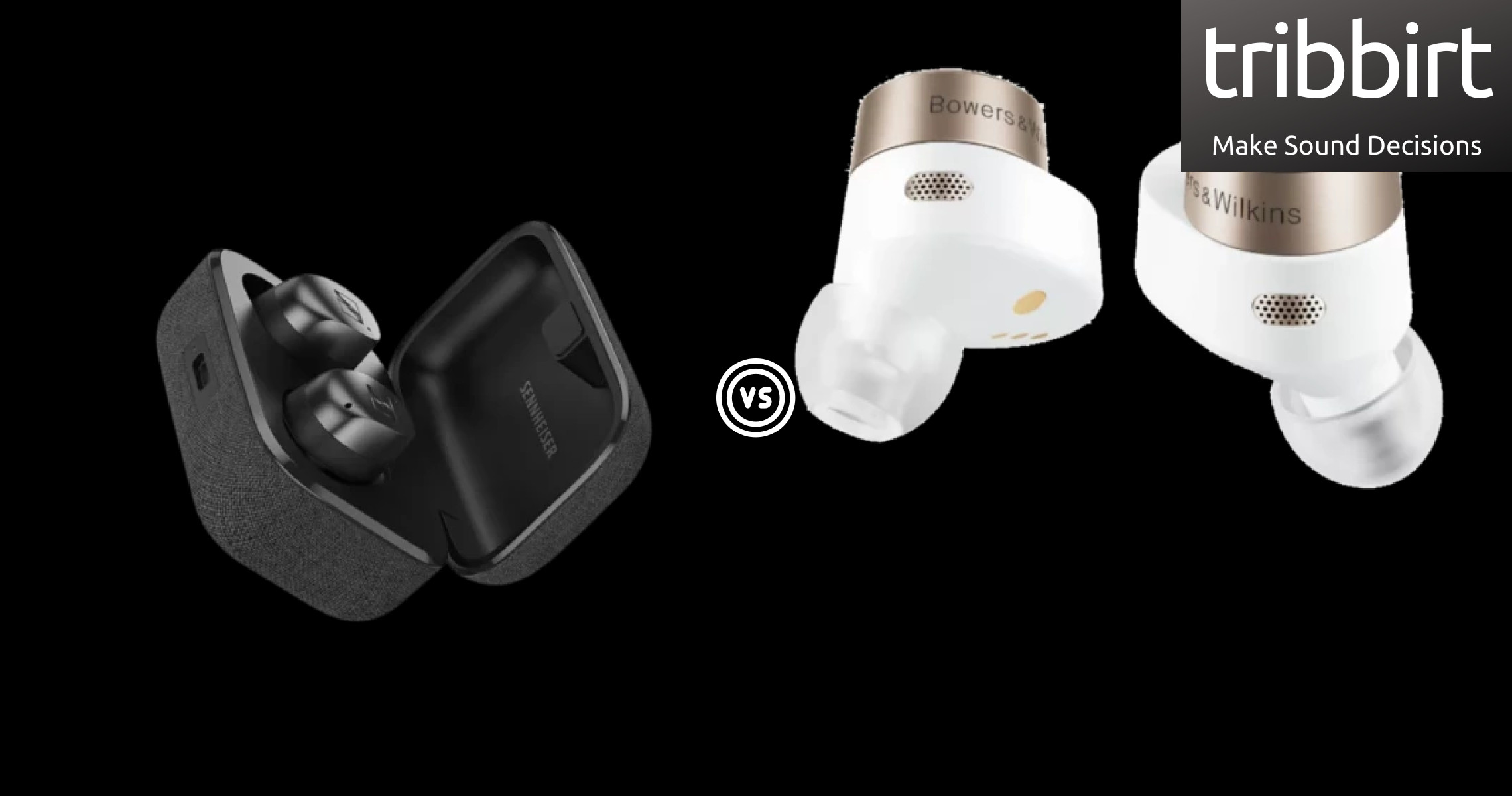Ingress protection ratings refer to the rank of protection given by an enclosure, against dust and liquids. The letters 'IP' are followed by two values The first value of the IP rating represents protection against solids such as dust, while the second refers to resistance against liquids (water).
Scoring IP54, the Bowers & Wilkins PI7's rating for solids indicates that ingress of dust is not totally prevented but dust does not enter in harmful quantities to interfere with the correct operation or impair safety, and the second number of 4 means that they can withstand low pressure spray similar to that of a shower head when tilted at 180° for 10 minutes. Compared to the Bowers & Wilkins PI7, Sony WF 1000XM4 have a rating of IPX4 meaning that
no data available to specify a protection rating
and that of liquids is that,
they both have the same rating against liquids
The Bowers & Wilkins PI7 have a weight of 50g . We take in account a lower weight best for the reason that lighter devices are easier to carry.
Sony WF 1000XM4, at 7.1g
are lighter than the Bowers & Wilkins PI7 with a difference -42.9g
For a device to be true wireless it should have no cables connecting any part of the device together, Bowers & Wilkins PI7 are true wireless for this case since they have no wires. This is an important distinction as some wireless earbuds have cables connecting the 2 earbuds together. Sony WF 1000XM4 also is true wireless because it doesn't have wires linking the two earbuds .
Bowers & Wilkins PI7 have stereo speakers, what this means is that Bowers & Wilkins PI7's speakers deliver sound from separate channels on both left and right sides, this creates a richer sound and a better listening experience.
The Sony WF 1000XM4 also have stereo speakers
Active noise cancellation utilises more advanced technology to actively counter noise. How it works, it studies the sound pattern of incoming noise and generates a mirror signal to cancel it out. Simply put, it's like having +1 (noise) then adding -1 (counter sound by the device) to make zero resulting in a reduced level of noise.
Bowers & Wilkins PI7 have ANC allowing you to listen at lower volume levels, good for your ears as you don't have to crank up the earbuds volume to overcome background noise. The Sony WF 1000XM4 too have ANC making both devices ideal for plane rides and morning commutes. Each work with different noise cancellation modes, pick the mode that suits your travel or that enhances your relaxation time.
The Bowers & Wilkins PI7 stay well in place, creating an acoustic seal that reduces background noise well as preventing the earbuds sound from leaking out at the same. Both Sony WF 1000XM4, and Bowers & Wilkins PI7 have passive noise reduction which implies that they tone down ambient noise instead of actively using ANC to cancel it out. The Bowers & Wilkins PI7 driver unit is 9.2mm in diameter, bigger drivers are more powerful, and can produce better bass.
The driver unit is basically a mini speaker that makes sound in the earbuds, the unit size dictates the sound made by the device. Sony WF 1000XM4 driver unit is 6mm in diameter,
which implies that they have a smaller driver unit than that of Bowers & Wilkins PI7 by 3.2mm
, a common assumption that driver units of a bigger size automatically produce better sound quality.
However, large drivers usually have difficulty producing high frequencies so yeah, larger drivers are capable of generating louder sound, but this does not indicate that they produce better quality sound.
The Bowers & Wilkins PI7's lowest frequency is at 10Hz, low-frequency response inidcates how well an audio device produces low recognizable frequencies and if it makes any changes to the signal while at it. Sony WF 1000XM4's lowest frequency is at 20Hz, this implies that
Bowers & Wilkins PI7 produce a juicier bass than the Sony WF 1000XM4
Bowers & Wilkins PI7's highest frequency is at 20,000Hz, high-frequency response tells how well a particular audio component makes high audible frequencies and if it changes to the signal while at it. Sony WF 1000XM4's highest frequency is at 40,000Hz, this implies that
Sony WF 1000XM4 generate a clearer and crispier treble than the Bowers & Wilkins PI7
The Bowers & Wilkins PI7's battery life is 4.5 hours, these last less than 5 hours of listening which is considered average before recharge.
A device's battery life is usually given by the manufacturer, and with longer battery life, you get to use it for longer and have to charge the device less often. Sony WF 1000XM4's battery life is
more than that of Bowers & Wilkins PI7 by 3.5 hours
. Every time you recharge your device, they get a little less listening time. The effect is not noticeable at first, but over time, your wireless earbuds will no longer play for long like they used to.
The battery life of the charging case is given by the manufacturer, and the Bowers & Wilkins PI7's case is said to have a full charge of 18 hours. A charging case with more battery hours allows you to recharge your earbuds on the go several times before recharging the case itself. Sony WF 1000XM4's charging case has a battery life of 16 hours,
less than that of Bowers & Wilkins PI7 by 2 hours
It requires 3 hours to fully charge the Bowers & Wilkins PI7's battery.
It is recommended to fully charge the battery before using the earbuds for the first time. Sony WF 1000XM4 takes 1.5 hours to fully charge the battery,
less than that of Bowers & Wilkins PI7 by 1.5 hours
The Bowers & Wilkins PI7, the device supports wireless charging. To charge the earbuds, you simply put down on a compatible charging pad.
Sony WF 1000XM4 also support wireless charging, take note of the charging standard of a device. Bowers & Wilkins PI7 have a battery level indicator, an indicator alerts you when the device has a low battery. The battery indicator lights show the charging state of your device and case.
Sony WF 1000XM4 too have a battery level indicator, these enable you to determine the charging state of your device, if charged fully, or having a low battery. Bowers & Wilkins PI7 support USB TYPE-C, a standard connector for transmitting both data and power through a single cable. Sony WF 1000XM4 too support USB TYPE-C.
This USB-C plug comes along with most current laptops, phones, and tablets. Bowers & Wilkins PI7 have Bluetooth version of 5, Bluetooth is a wireless technology standard that allows data movement between devices placed in close proximity, using short-wavelength, ultra-high frequency radio waves. Sony WF 1000XM4 has a Bluetooth version of 5.2,
newer than that of Bowers & Wilkins PI7
. Newer versions provide faster data transfers.
The Bowers & Wilkins PI7 have a 10meters distance to connect via Bluetooth. Sony WF 1000XM4 have a maximum range of 10meters,
equal to that of the Bowers & Wilkins PI7
Bowers & Wilkins PI7 support AAC, a codec that is used for Bluetooth audio. It supports 24-bit audio at 250kbps.
Since it uses psychoacoustic modeling, it provides better results than other codecs at a similar bit rate.
Since its the highest quality codec that any Bluetooth-supporting Apple product supports, the Bowers & Wilkins PI7 will work well with your MacBook. If you intend on using these with Android , ensure that they also support aptX HD, LDAC, or LHDC as well.
The Sony WF 1000XM4 support AAC as well. Designed to be the successor of the MP3 format, AAC generally achieves higher sound quality than MP3 encoders at the same bit rate. Bowers & Wilkins PI7 support APTX Adaptive, an audio codec for Bluetooth devices that are developed by Qualcomm.
It has a variable bit rate (between 279kbps and 420kbps).
The Bowers & Wilkins PI7 support APTX HD, an audio codec for Bluetooth devices that are developed by Qualcomm. It supports high-quality 24-bit audio (at a bit rate of 576kbps).
Sony WF 1000XM4 support APTX HD too. The Bowers & Wilkins PI7 have 6 microphones.
The Sony WF 1000XM4 microphones are 4,
less than that of Bowers & Wilkins PI7 by 2
. More microphones record better sound quality and enable the earbuds to filter out background sounds. Bowers & Wilkins PI7 use a noise-canceling microphone, these microphones are made to reduce background sounds from the earbuds' sound. The Sony WF 1000XM4 too use a noise-canceling microphone.
Especially useful in noisy areas. The Bowers & Wilkins PI7 support ambient sound mode, which uses microphones to pass through ambient noises to still be heard even while wearing them
The Sony WF 1000XM4 support ambient sound mode as well, it’s useful when you want to listen to music while being aware of your surrounding, for example when you’re having a run but would still want to hear traffic. The Bowers & Wilkins PI7 have in/on-ear detection, the sensors in the device can detect when they are removed from your ears .
The Sony WF 1000XM4 support in/on-ear detection, automatically pauses your music, or audiobook when you remove earbuds from your ears saving battery life.
If misplaced in a room, or can't be found in your bag, Bowers & Wilkins PI7 have a find earbuds feature. The Sony WF 1000XM4 also have the find earbuds feature. You can use the device app on your phone to play a sound from your earbuds to help you locate them.
The Bowers & Wilkins PI7 support fast charging. Most often, technologies like Qualcomm’s Quick Charge, are used to lower the time it takes to fully charge a device. Sony WF 1000XM4 support fast charging.
This kind is similar to regular charging, only that the battery is filling up much faster. Say, with Quick Charge 3.0, the battery can be charged to 50% in thirty minutes. The Bowers & Wilkins PI7 have a mute function, they support the feature to mute/unmute a conversation directly from the device.
The Sony WF 1000XM4 too support the mute function. The mute function means that you unilaterally turn off the device's microphone, but still hear the other party talk. The Bowers & Wilkins PI7, so you can access the volume control, pause, play, mute, etc whichever features are supported on the device.
The Sony WF 1000XM4 also have a control panel on them. The Bowers & Wilkins PI7 have voice prompts. Automatically receive information through audio messages, say if there is an issue with the connection.
Sony WF 1000XM4 also support voice prompts .i.e the device will notify you when the battery is low, and you need to recharge the earbuds. The Bowers & Wilkins PI7 come with a special pouch. Carrying earbuds openly, or placing them inside your pockets without a cover can easily damage them.
Sony WF 1000XM4 also have a case included, which offers safe transportation.
